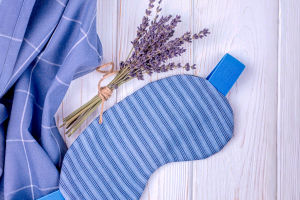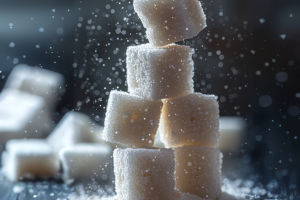For centuries, Chinese teapots have been treasured as not just tools for brewing tea, but as objects of art and cultural symbols. The craftsmanship behind a Chinese teapot is as rich and varied as the history of tea itself.
In this article, we’ll explore the beauty, history, and significance of Chinese teapots, and how they contribute to the overall tea-drinking experience. Whether you're a tea connoisseur or a newcomer to Chinese tea culture, let's take a closer look at the fascinating world of Chinese teapots!
Exploring Yixing: The heart of China's teapot craftsmanship
Video by nannuoshan
The Origins of Chinese Teapots
The history of Chinese teapots dates back to the Tang Dynasty (618-907), when tea drinking became an established part of Chinese society. Before the invention of the teapot, tea was primarily brewed in large pots or heated in bowls. The teapot, as we know it today, was introduced during the Song Dynasty (960-1279) and has since become an essential tool in the art of tea-making.
The first Chinese teapots were made from purple clay (known as "zisha" in Mandarin), which is still widely used today. Zisha clay is prized for its ability to retain heat and enhance the flavor of the tea, making it the material of choice for many traditional Chinese teapots.
Types of Chinese Teapots
Chinese teapots come in many different styles and shapes, each with its unique function and aesthetic appeal. Some of the most well-known types include:
• Yixing Teapots : These are perhaps the most famous type of Chinese teapots. Made from zisha clay, Yixing teapots are renowned for their ability to enhance the flavor of the tea. The clay is porous, allowing the teapot to "absorb" the flavors of the tea over time, improving the taste with each brew.
• Gongfu Teapots : Used in the Gongfu tea ceremony, these teapots are typically smaller and made for brewing strong, concentrated tea. The style of the teapot reflects the precision and care involved in the Gongfu method.
• Jianyang Teapots : Known for their simple yet elegant design, these teapots are often made with a smooth finish and feature delicate handles and spouts.
Each style of teapot has its own characteristics, influenced by the region where it was made and the type of tea it is meant to brew. The choice of teapot can significantly impact the flavor and aroma of the tea, making it an essential part of the tea-drinking experience.
The Craftsmanship Behind Chinese Teapots
The creation of a Chinese teapot is a highly skilled process that requires years of training and expertise. Artisans carefully shape the clay by hand, paying attention to every detail—from the smoothness of the surface to the perfect curvature of the spout. The crafting process often involves techniques passed down through generations, ensuring that each teapot is a work of art.
Once the teapot is shaped, it is fired in a kiln to harden the clay. This process can take several hours or even days, depending on the type of clay and the design of the teapot. The final result is a teapot that is not only functional but also visually appealing, with intricate patterns and designs that reflect the artisan's skill and creativity.
The Symbolism of Chinese Teapots
Chinese teapots are not just practical items; they also carry deep cultural symbolism. In Chinese culture, the teapot represents harmony, balance, and respect for tradition. The act of brewing tea is seen as a meditative practice, and the teapot plays a central role in this ritual. The shape and design of the teapot can also convey different meanings. For example, a teapot with a round shape symbolizes unity and completeness, while one with an angular shape may represent strength and resilience.
In addition to their symbolic meaning, teapots are often given as gifts during important ceremonies, such as weddings or festivals. The gift of a teapot is seen as a gesture of goodwill, symbolizing the wish for a harmonious and prosperous future.
Choosing the Right Teapot
When selecting a Chinese teapot, there are several factors to consider. The material of the teapot is perhaps the most important, as it can affect the taste and aroma of the tea. Zisha clay teapots are ideal for enhancing the flavor of oolong, pu-erh, and black teas, while porcelain teapots are often preferred for lighter teas like green or white tea.
The size and shape of the teapot also play a role in the brewing process. Smaller teapots are great for brewing concentrated, strong tea, while larger ones are better for lighter, more delicate brews. It’s important to match the teapot to the type of tea you plan to brew to ensure the best results.
The Enduring Legacy of Chinese Teapots
Chinese teapots are much more than just functional tools—they are a reflection of China’s rich cultural heritage and a symbol of the artistry and craftsmanship that have been passed down through the centuries. Whether you're a seasoned tea drinker or a newcomer to the world of Chinese tea, taking the time to appreciate the beauty and significance of a well-crafted teapot can enhance your tea experience. So, next time you brew a pot of tea, take a moment to admire the teapot and appreciate the centuries of tradition that have gone into creating it.
Thank you for reading, Lykkers! May your tea journey be as rich and flavorful as the history behind these magnificent teapots!


